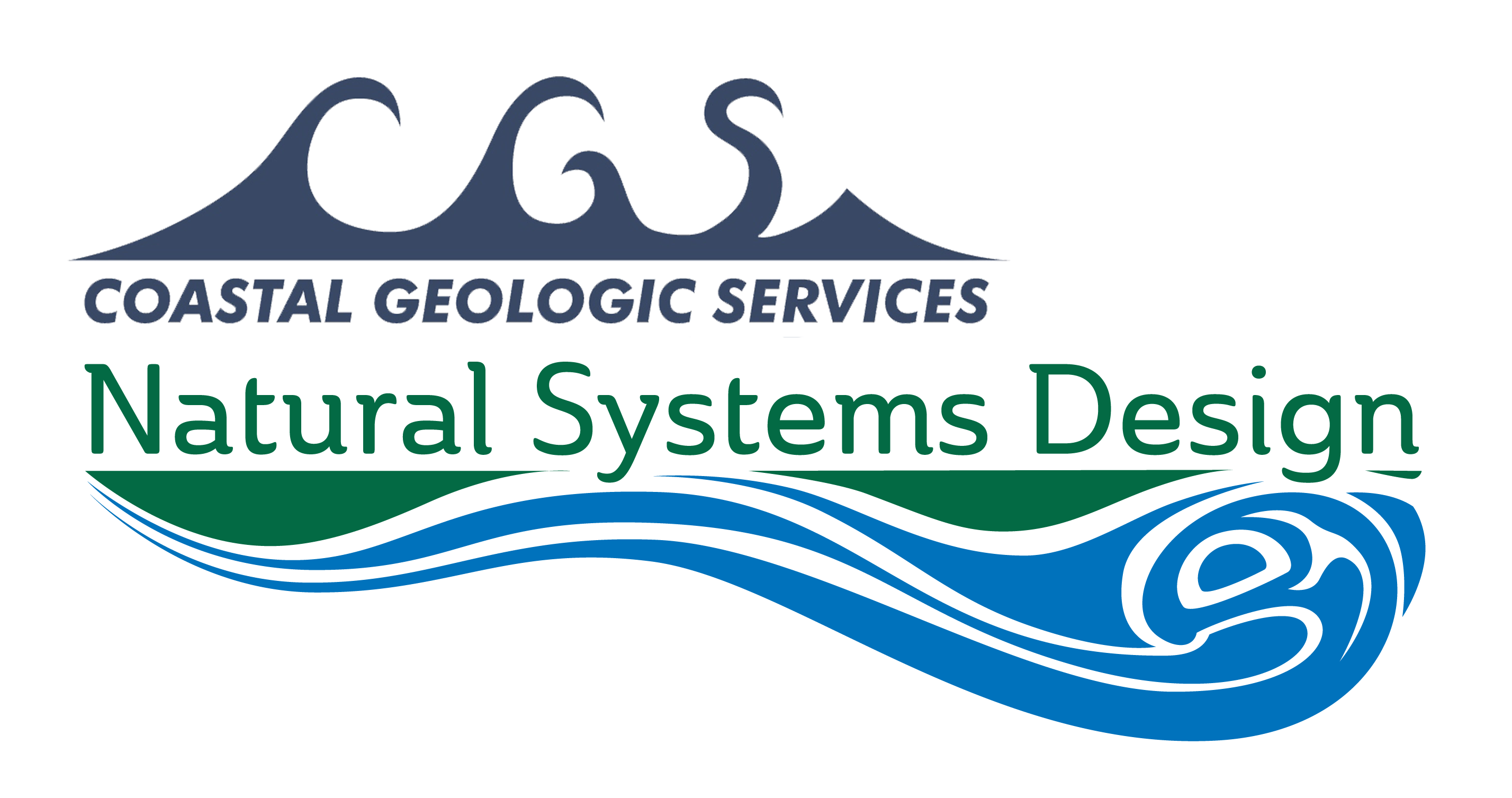This report summarizes the results of monitoring efforts on Elwha River Engineered Logjams (ELJs) for the period from 1999-2006. During this period, a total of 21 ELJs have been constructed in the Elwha River by the Lower Elwha Klallam Tribe. Since constructed (2000-2004), ELJs have proved to be stable with little significant change in position or surface area noted despite frequent inundation from floods including two peak floods that rank within the top 10% of floods recorded for over 100 years of record. The ELJs have retarded bank erosion along two outside meanders. The ELJs have also helped maximize habitat area by partially balancing flows between two major channels. During flood flows, ELJs have increased exchange of water with floodplain surfaces, primarily through backwatering. This has resulted in the expansion of side-channel habitats, including groundwater fed channels that provide critical habitats for multiple salmonid species. We monitored the response of physical habitat for multiple parameters including habitat type and area, pool depth, channel bed substrate, elevation, temperature and flows. Pool development occurred rapidly around constructed ELJs. Twenty of the twenty-one ELJs built since 1999 have developed scour pools, the deepest of which has a maximum depth exceeding 5 m. The ELJs had a significant effect on sediment storage within the project reach where a 60% increase in the amount of sediment stored in gravel bars occurred over the 5 year study. Associated with these changes we also observed a significant reduction in bed substrate grain size in the vicinity of several ELJs, with the mean particle size changing from large cobble to gravel. Spawning of several species of salmonids, including Chinook, chum, coho and steelhead has been observed in the vicinity of ELJs. Biological results indicate that ELJs have a measurable and significant effect on primary productivity, secondary productivity and juvenile fish populations. In terms of primary productivity we measured significantly higher (6 times) mean organic matter and chlorophyll concentrations on wood in ELJs than on cobbles alone. Differences in chlorophyll concentrations were significant in one year but not in two other years. Mean invertebrate densities were also significantly higher (2-5 times) on wood in ELJs. The invertebrate communities found on ELJs are fundamentally different from those encountered on inorganic substrates. Juvenile fish response varied considerably by species, size, season and year. The proportion of juvenile salmonids was consistently greater in ELJ units than non-ELJ units for 75% of the different species/size class categories. However, because of variability this difference was rarely significant. While the median density of juvenile salmonids was generally similar between ELJ and non-ELJ units, the difference was significant in terms of biomass. These patterns suggest that the proportion of occurrence and median density and biomass of juvenile, sub-adult and resident salmonids were positively influenced by ELJs. Our data supports that ELJs are an effective tool for restoring physical and biological conditions critical to salmon recovery in large alluvial rivers of western Washington.
For more information contact: Tim Abbe, PhD, PEG, PHG at Natural Systems Design — Email: Tim@naturaldes.com | Phone: (206) 834-8697

